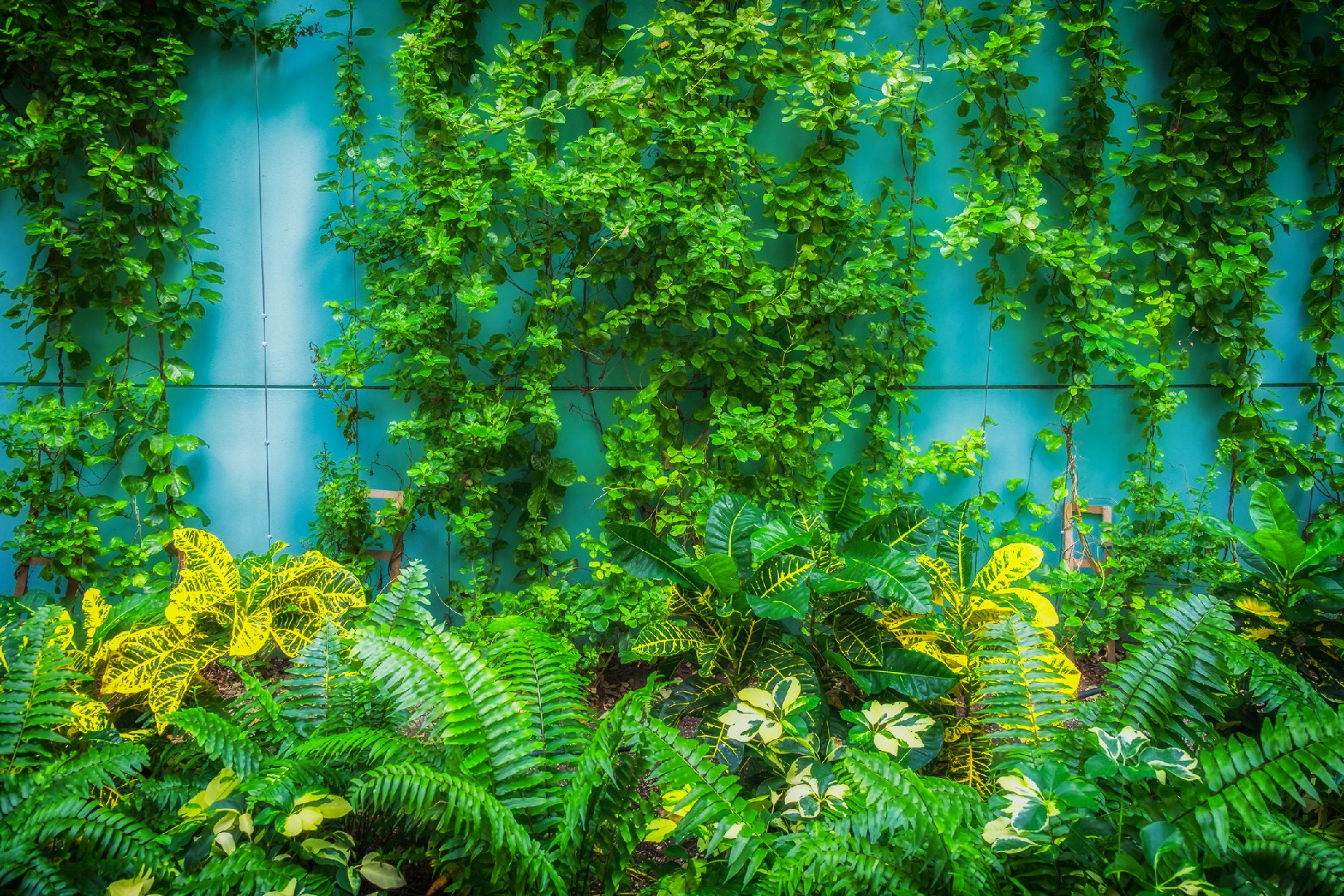![Rectangle]()
Designing Urban Green Walls: Crafting Vertical Visions
Designing urban green walls requires careful planning and consideration of several key factors. These living structures bring the beauty of nature to urban environments, providing numerous benefits such as improved air quality, reduced noise levels, and a sense of tranquility. In this section, we will delve into the various methods, skills, and knowledge required to create stunning green walls that transform the landscape and inspire awe.
One crucial aspect to understand when designing a green wall is the light requirements. Different plants thrive under varying light conditions, and it is essential to consider the amount of sunlight a specific area receives throughout the day. This knowledge will help you choose the appropriate plants for your green wall, ensuring their health and vitality.
In addition to the light requirements, proper water drainage is another important consideration. Green walls need an efficient irrigation system to deliver water to the plants evenly. Improper drainage can lead to waterlogging and root rot, which can harm the plants and compromise the overall aesthetic of the wall. Incorporating a drainage system during the initial design phase will help prevent these issues and ensure the longevity of your green wall.
Choosing the right plants for your green wall is also crucial. Consider the climate of your location, as different plants have varying degrees of cold or heat tolerance. Additionally, analyzing the sunlight exposure in the area will help determine which plants are most suitable. Some plants thrive in shade, while others require direct sunlight. Soil type is another determining factor when selecting plants. Understanding the pH level and composition of the soil will guide your choice of plants and ensure their successful growth.
To make your green wall truly sustainable and eco-friendly, it is advisable to incorporate native species into its design. Native plants are adapted to the local environment, requiring less maintenance and water. They also attract local wildlife, such as birds and butterflies, promoting biodiversity in urban areas. Furthermore, integrating the green wall with existing architecture can enhance its visual appeal and create a seamless connection between nature and man-made structures.
When designing your urban green wall, it is important to consider not only its aesthetic value but also its practicality. Ensure easy access for maintenance and regular care, as green walls require periodic pruning and watering. Incorporating automated irrigation systems can streamline the maintenance process and minimize the effort required.
In conclusion, designing urban green walls is a multidimensional task that demands a deep understanding of various factors. By considering the light requirements, water drainage, plant selection, eco-friendly design elements, and practicality, you can create captivating vertical visions that redefine the urban landscape. So roll up your sleeves, unleash your creativity, and embark on a journey to transform barren walls into thriving green spaces that inspire and uplift.





